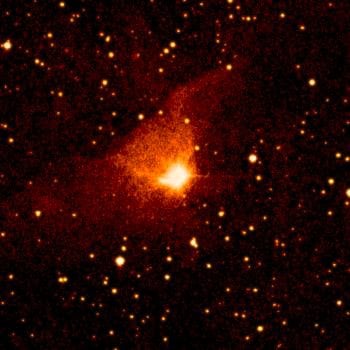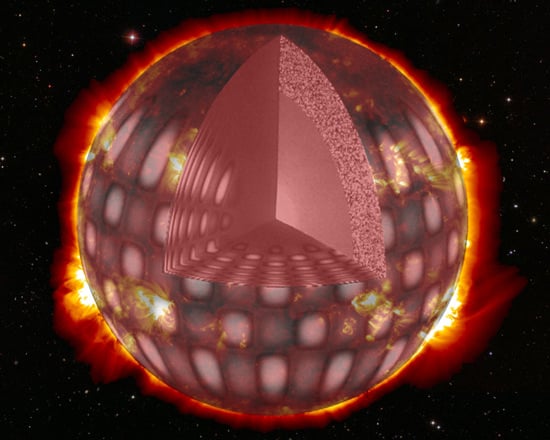Mike Simonsen
Recent Articles
-

-

Goldilocks Moons
January 14, 2012 -

Supernova Alphabet Soup
December 28, 2011 -

20 Million Observations by Amateur Astronomers!
February 23, 2011 -

Solving the Mystery of Dark Gamma Ray Bursts
December 17, 2010 -

Asteroid Scheila Sprouts a Tail and Coma
December 12, 2010 -

Venus Has a Moon?
December 09, 2010 -

J-E-T-S, Jets, Jets, Jets!
November 25, 2010 -

Symbiotic Variable Star On the Verge of an Eruption?
November 24, 2010 -

Do Puny White Dwarfs Make Wimpy Supernovae?
November 17, 2010 -

The Furor over FUORs
November 15, 2010 -

Unprecedented Eruption Catches Astronomers By Surprise
March 21, 2010 -

Aurora Watch! Valentine's Day Sun-Earth Weather Alert
February 14, 2010 -

Long Anticipated Eruption of U Scorpii Has Begun
January 28, 2010 -

Kepler Goes Fishing and Reels in Two KOI
January 27, 2010 -

Surf's Up! Astronomers Ride Stellar Waves
January 05, 2010 -

Eta Carinae- A Naked Eye Enigma
November 25, 2009
 Universe Today
Universe Today